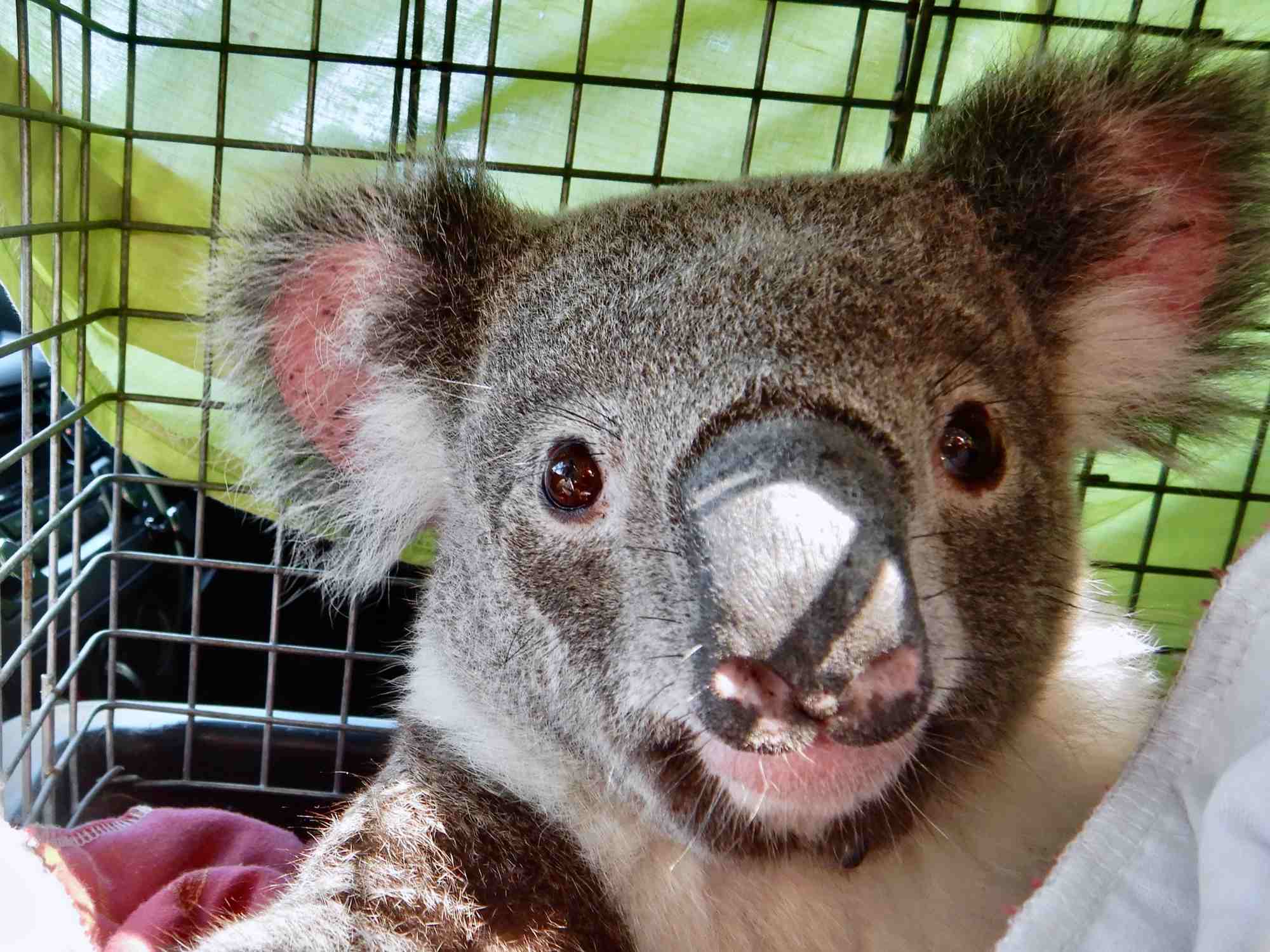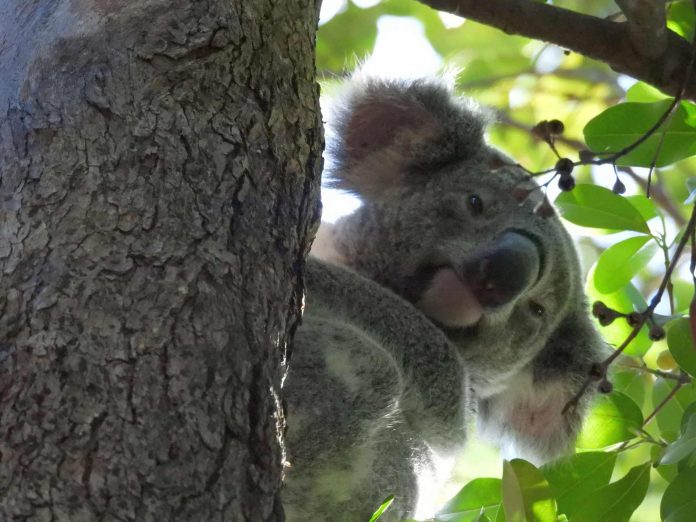Just like some human children, there comes a time when joey koalas are forced to leave the “family home” and fend for themselves in the big wide world.
After 12 months, koalas reach what is known as the “dispersal age”, where they are essentially kicked out of their mother’s territory by an alpha male koala during breeding season.
This has arrived and local koala rescue teams are being inundated with calls to help young animals that have found themselves in dangerous or unfamiliar locations.
A young male was recently rescued from a tree in Noosa Heads after photographer Lance Hunt was alerted to his location near a busy road.
As a coordinator for Wildcare across Noosa and the Sunshine Coast, Rachel Lyons told Sunshine Coast News koalas often needed a helping hand in finding somewhere safe.
“From dispersal age koalas are pushed out of their mother’s territory, usually by a larger alpha male and into unfamiliar areas,” she said.
“We often get calls alerting us if there is a koala in a dangerous location. Often, we have issues with threats such as roads.”

The latest koala rescue happened last week when Mr Hunt, a nature photography enthusiast, was out on his usual bike ride with his trusty camera.
After retiring five years ago, Mr Hunt launched into his hobby and is well known around the Noosa region as Freelance Photography.
He is also a regular contributor to the Sunshine Coast News Photo of the Day gallery.
“I was riding around Leslie Drive and when I got to the top of the hill I saw lots of crows, currawongs, and butcher birds going absolutely crazy,” Mr Hunt said.
“I thought it might have been a bird of prey that was sending the smaller birds crazy but when I got closer, I noticed it was a koala sitting in the fork of one of the trees.
“It was on such a dangerous road and needed to be relocated.”
While the birds did not physically injure the young koala, Ms Lyons said that rescue teams were called in and they transported the animal to the Australia Zoo Wildlife Hospital for further examination.
She said this was common procedure as koalas sometime presented invisible injuries if they have had encounters from other animals, cars or fences in an urban setting.
“He is down at Australia Zoo and they are doing some more diagnostic works and waiting on chlamydia result so he can be released,” Ms Lyons said.
“He is doing okay, which is great.”

For alerting the rescue teams to the animal, Mr Hunt was given the honour of naming the koala, who is now known as Freelance.
“This made my day to be able to name him. I was just so happy to be able to help him.”
Help keep independent and fair Sunshine Coast news coming by subscribing to our free daily news feed. All it requires is your name and email. See SUBSCRIBE at the top of this article.
While it was difficult to determine the exact population of koala in the Noosa region, Ms Lyons said numbers were stable, and potentially growing with an increase in koala sightings.
“Overall, the Noosa population is stable and potentially growing,” she said.
“We are hearing reports of koalas in areas they haven’t been before.”
Residents were encouraged to keep an eye out for koalas across Noosa and the Sunshine Coast as breeding season continues and to contact rescue services about any unusual or worrying sightings.
The Noosa and Sunshine Coast Region Koala Rescue Team (Wildcare Australia) can be reached on 0417 078 432.





